 Over 20 years later, this article remains to be the one of the most important pieces of history for the domain name industry. It shows early brand perspective, early trademark concerns, how only a few people (2.5 to be exact) were responsible for issuing domain names and more. If only we had a time machine.
Over 20 years later, this article remains to be the one of the most important pieces of history for the domain name industry. It shows early brand perspective, early trademark concerns, how only a few people (2.5 to be exact) were responsible for issuing domain names and more. If only we had a time machine.
Originally published in Wired Magazine on October 1st, 1994. Used with permission.
—————-
Billions Registered
by Joshua Quittner
Right now, there are no rules to keep you from owning a bitchin’ corporate name as your own Internet address.
I’m waiting for a call back from McDonald’s, the hamburger people. They’re trying to find me someone – anyone – within corporate headquarters who knows what the Internet is and can tell me why there are no Golden Arches on the information highway.
It’s true: there is no mcdonalds.com on the Internet. No burgerking.com either.
Yet.
“Are you finding that the Internet is a big thing?” asked Jane Hulbert, a helpful McDonald’s media-relations person, with whom I spoke a short while ago.
Yes, I told her. In some quarters, the Internet is a very big thing.
I explained a little bit about what the Big Thing is, and how it works, and about the Net Name Gold Rush that’s going on. I told her how important domain names are on the Internet (“Kind of like a phone number. It’s where you get your e-mail. It’s part of your address.”), and I explained that savvy business folks are racing out and registering any domain name they can think of: their own company names, obviously, and generic names like drugs.com and sex.com, and silly names that might have some kind of speculative value one day, like roadkill.com.
“Some companies,” I told Jane Hulbert, “are even registering the names of their competitors.”
“You’re kidding,” she said.
I am not, I told her, recounting the story of The Princeton Review, the Manhattan-based company that sells SAT prep courses, and how it registered the name of its arch-rival, kaplan.com. Now the lawyers are working it out in court. Very ugly. (We’ll get to that later.)
“I could register McDonald’s right now,” I said, pointing out that the name is still unclaimed.
“You could?” she asked, then quickly answered my silence: “You could.”
“So could Burger King,” I said, and Jane Hulbert rang off, looking for some MIS person with the answers.
How much do you think mcdonalds.com is worth? What could you sell mtv.com for? Is there gold in them thar domains, as a lot of people seem to think, or is it just fool’s gold? No one knows the answers to these questions, though they are being asked, very pointedly, in federal court, as well as in the boardrooms of a number of the nation’s biggest companies.
In the meantime, a frenzy of domain-name registration is going on at the InterNIC, or Internet Network Information Center, the agency that assigns domain names and rules on requests. It’s easy to find an unused domain name, and so far, there are no rules that would prohibit you from owning a bitchin’ corporate name, trademarked or not.
The InterNIC staff has neither the time nor the inclination to scrutinize your application. Not too long ago, I spoke to Scott Williamson, the person who supervises InterNIC registration, to find out what criteria the InterNIC uses to deny registration requests.
There are situations that raise two red flags, according to Williamson: “If the name’s already taken. Or if we catch an ‘obvious one.'”
An “obvious one,” he explained, is a blatant attempt to register a name to which you’re not entitled. For in-stance, let’s say Sprint Communications wanted to register MCI, a competitor in the long-distance telephone biz. That would be an “obvious one” that even the beleaguered staff of the InterNIC would pick up. But wait a second! In the spring of this year, Sprint did register the call letters MCI, albeit briefly. For a while Sprint owned mci.com.
Why did Sprint want to register its rival’s name as a domain name? Sprint won’t say, exactly: “For the record, Sprint won’t discuss its plans for the domain name,” said Evette Fulton, a spokesperson, who added, for anyone too dumb to read Sprint’s lips, “We’re in an extremely competitive business.” As soon as the InterNIC got wind of it a week or so later, mci.com was re-registered to MCI.
How did such an obvious one get by InterNIC?
“It was a fluke,” Williamson said, noting that three requests for the domain name, mci, came in almost simultaneously. (One request was from MCI itself, one was from Sprint, and one was from another company whose initials were MCI.) “All three came in, and the guy in registration registered the wrong one.”
The guy in registration? One person is responsible for assigning domain names on the Internet?
Actually, “We have 2.5 people doing it,” Williamson said, meaning that the half person is really a full person doing it part-time. Or something. Regardless, 2.5 humans is not enough people, or parts of people, to do the job. (Would one person be assigning quit-claims to a gold rush?)
Williamson said that a year ago, his agency received 300 requests a month for domain names; now, more than 1,300 requests stream in each month.
Clearly, the InterNIC can’t research every one of those names for trademark violations. “If we had to research every request for a domain name right now, I’d need a staff of 20 people,” Williamson said. So the policy is simple: “Trademark problems are the responsibility of the requester.”
Which means, I asked, that I could register mcdonalds.com?
“There is nothing that says I can stop you from doing that,” he said. “We really need some policy.”
“The problem with the Internet is, who’s in charge?” he added wryly. “When we figure that out, there will be a meeting.”
But even if the InterNIC figures out some mechanism to more effectively weed out bad-faith registrations, it can’t go around protecting trademarks. That would be too time consuming and would be beyond the scope of its responsibilities.
The situation is analogous to incorporating a company to do business in a particular state, explained Bruce Keller, one of the country’s top trademark attorneys, at the white-shoe Manhattan law firm of Debevoise & Plimpton. While I was waiting for McDonald’s Hulbert to call me back, I spoke with Keller on the telephone.
Keller, who is counsel to the International Trademark Association, said that “when you incorporate a company in a state, the state doesn’t bother to see if there are other conflicts with trademarks that may be registered in other states — it just checks with the secretary of state to see if the same name has been registered.” This is the same function, in effect, that the InterNIC performs. If a name hasn’t been registered, you can take it, he added, but beware: “That in no way entitles you to use the name if in fact there is a conflict with a federally registered trademark.”
It’s no different in cyberspace. Keller’s advice to anyone registering a domain name is to do a careful trademark search, just as you would before incorporating a business. “In my view, it’s trademark law pure and simple.”
Trademark law, he explained, offers two general kinds of protection. In the first in-stance, protection from infringement, when a customer associates a certain name with a certain product or services, the law prevents others from using that name and creating confusion. You see the name, “McDonald’s,” and what do you think of? (Quarter Pounder with cheese, medium fries, and medium Coke is what I think of; you can name your own poison.) The question is, Would most people expect to find some connection to fast-food hamburgers in cyberspace when they finger mcdonalds.com? Keller says yes. Trademark protection has to extend from the physical world to the virtual world.
The second kind of protection seeks to prevent trademark “dilution.” “Trademarks are valuable corporate assets. You can put a price tag on them,” Keller said. “Coca-cola, for instance, has a multibillion-dollar value.” If someone else attempted to use that name — as a joke, for instance, or to be cute — the value of the trademark would start to dilute. “This protection comes into play when someone takes the word ‘McDonald’s’ and sticks it on a mailbox” – as in a domain name. “McDonald’s is among the most aggressive companies in stopping use of its name. It goes after everybody, whether it’s a dentist calling himself ‘McDental,’ or a motel calling itself ‘McSleep.’
That, conceivably, might even bar you from using a domain name such as bigmac.com.
Trademark infringement cases are usually settled through a process I’ve come to think of as Big Footing. The big company with the trademark Big Foots the little one, forcing it to give up the name. Usually, this is achieved with a Big Foot letter from the big company’s lawyer, threatening legal action.
McDonald’s does it. So does Wired. Last year, WIRE, a computer network encouraging women to get on the Net, registered the domain name wire.com. This magazine’s lawyers sent them a Big Foot letter: “That sounds too much like Wired’s online service, wired.com. Give up the name, or else.” WIRE became Women’s Wire, and retreated to the domain name wwire.com.
Most trademark infringement cases never get beyond the Big Foot letter. “This is going to cost you a lot of money if you want to fight it — that’s the way the bulk of cases are settled. Who wants to waste time fighting it?” said Keller in an obviously rhetorical question. Keller’s firm is local counsel in the Kaplan versus The Princeton Review case,a good example of someone who wants to fight it.
And here’s another: Anyone ever hear of Adam Curry? In June 1993, Curry, then an MTV video jockey, registered the domain name mtv.com with the InterNIC, “partly because it was a cool address to have, and it was available,” he wrote, in an electronic message that was hard to miss if you were on the Net this past May.
Curry hung his own computer on the Internet and put up a gopher site, which offered, among other things, a daily entertainment “Cybersleaze Report” and “Adam Curry’s Brain Waves,” providing Curry’s own spin on the rock and roll scene. He paid for the site himself and considered it kind of a hobby. He said he told his bosses at MTV what he was doing and encountered no resistance.
Then, in April, Curry resigned from MTV. He was promptly sued for copyright infringement stemming from his ownership and use of mtv.com.
MTV’s lawyer asserted that the case would be fought on traditional trademark infringement grounds.
But Curry, who has agreed in the meantime not to use the domain name mtv.com “in a confusing manner,” said mtv.com is his property, and he’s not relinquishing it. Until the court battle is resolved, Curry is maintaining a site called metaverse.com. In other words, while he might not use the name, he intends to keep it and not transfer title to MTV.
“I will fight this all the way,” he said, adding that the case would be the “Roe v. Wade of the Internet and the information superhighway. There is just no way that MTV has the right to my address. It’s my address. Mine.”
Curry said his site has become exceptionally popular on the Net and has received millions of visits. Indeed, his lawyer, Joe Donley of the Manhattan firm of Shereff, Friedman, Hoffman and Goodman, said that Internet users have come to associate mtv.com with Curry alone.
“We believe that if they were allowed to take Adam’s mtv.com address and use it for themselves — now that Adam has shown what a useful service this could be — there’s a very real danger of reverse confusion,” Donley said. “Millions of Internet users have come to associate mtv.com, not with MTV, but with Adam. If they go out and take the domain name, it will leave those millions of people with the potential to be confused.”
One way around this problem would be to compensate Curry for his efforts, of course. Would Curry be willing to sell mtv.com to MTV? I asked.
“There are things going on that I cannot comment upon,” said Donley. And he didn’t.
John Katzman is another guy whose company registered a domain name that is prized by someone else: kaplan.com. Katzman is president of The Princeton Review, a company that provides courses and workbooks to prepare students for standardized tests such as the Scholastic Achievement Test. The Princeton Review’s main antagonist is Kaplan Educational Centers, which goes a long way to explaining why Katzman’s company might see a strategic advantage in registering and owning kaplan.com.
Katzman said his company decided to launch a site on the World Wide Web “that explains to people the difference between Princeton Review and Kaplan…. We decided to call it kaplan.com.”
Doesn’t that domain name make it sound as if the site is maintained by Stanley Kaplan? “Our position is that the name of the site is descriptive of what’s on the site, which is an analysis of the different courses,” he said.
Kaplan’s former president, Greg Rorke, doesn’t see it that way at all. Around January, Rorke’s people met with representatives of The Internet Company Inc., which helps businesses get on the Net, and looked into the possibility of registering a kaplan.com domain name. “We figured there was no hurry,” Rorke said, adding that it came as quite a shock when someone in Kaplan’s technology department found out a few months later that Princeton Review had registered kaplan.com.
Kaplan fired off a Big Foot letter, and initiated legal action that went to US District Court in Manhattan, the same courthouse-arena, by the way, where the Curry-MTV bout is being fought.
Katzman said he intends to hold onto kaplan.com, unless the court tells him otherwise. In the meantime, he said, Kaplan is more than welcome to find its own, unused name and, “if they want to link it from our server both ways, we’ll do it.”
While awaiting McDonald’s call back (I called Jane Hulbert and was informed she was on the other line), I started playing the Whois Game. The Whois Game tells you who, if anybody, owns what domain name. For instance, I found out that there is a god, at least on the Internet. (god.com is registered to Guaranteed Online Delivery in Cambridge, Massachusetts.) There’s also plenty of sex and rock, if not roll. (Sex.com is registered to Online Classifieds Inc. of San Francisco, and rock.net is registered by Rocknet of Cupertino, California.)
From most Unix Internet shell accounts, you can easily play the Whois Game. From your shell prompt just type, “whois “.
If you type $whois nbc.com, within a few seconds the InterNIC registry will be fingered and you’ll see:
National Broadcasting Company Inc.
(NBC-DOM)
30 Rockefeller Plaza
New York, NY 10112
plus some other administrative stuff that meant little to me but would probably help a system administrator, lawyer, or someone who spends far too much time in front of the computer and ought to get out more.
While NBC also has an Internet e-mail address for Nightly News, the other three networks haven’t even registered their domain names.
But other people have: as I write this, abc.com is registered to ABC Design in Seattle; cbs.com is registered to a consultant in Golden Valley, Minnesota; and fox.com is registered to something called the Flexible Online eXchange, in California. (I couldn’t believe that Fox hadn’t figured it out. I mean, the Internet was mentioned on an episode ofThe Simpsons, and Rupert Murdoch was smart enough to grab Delphi, the national Internet gateway service. Fox does, in fact, maintain an address at delphi.com, through which viewers can offer feedback.)
The Whois Game is an interesting gauge of who is paying attention to the Big Thing known as the Internet.
In May, I asked a researcher at Wired to check the list of Fortune 500 company names against registered domain names and found that only one-third of the Fortune 500 had registered an obvious version of their names. More telling was that 14 percent of America’s largest corporations had their net.name snapped up by someone else.
That left more than 50 percent of the Fortune 500 names still available to first-comers. The top 15 companies all had their act together and had registered their domain names. But some other very big companies did not. Those include: Nabisco, Sara Lee, Anheuser-Busch, Kellogg, and Coca-Cola, or even Coke. Ooops. That was just nabbed as I write by one Rajeev Arora in Campbell, California. Way to go, Rajeev! The Pepsi generation, presumably, is more wired, since pepsi.com is registered. A John Sculley legacy?
Of course, some companies were on the Net with nonobvious, unhip addresses at places like America Online and Prodigy.
What will these companies do when they attempt to move onto the Net and reclaim their names? Draft Big Foot letters and lawsuits, I guess.
Which made me think of Jane Hulbert, at McDonald’s. I called her again and we finally connected.
She was very apologetic. “I don’t have anything for you, and I probably won’t have anything for you,” she confessed. “I’ve left a lot of voicemail for people, but no one seems to know anything about it.”
Jane Hulbert said she’d keep checking around, but she didn’t seem hopeful that we could get to the bottom of this domain-name thing. “You’ll probably just have to do your story without it,” she said. “It probably won’t be the end of the world.”
She’s probably right. I wondered how long it would take 2.5 InterNIC people to process my application for mcdonalds.com.
Not very, it turns out. About two weeks later, after filling out the Net-available domain-name application form, I got e-mail notification from [email protected]:
“Registration for the domain MCDONALDS .COM has been completed. The InterNIC database has been updated…. The new information will not be visible via WHOIS until the next business day….”
My fingers trembled, as if ripping open a Big Mac. I checked:
$whois mcdonalds.com Domain Name: MCDONALDS.COM Administrative Contact: Quittner, Josh [email protected]
Oh, that’s McCool. I feel like McPrometheus. I have stolen McFire.
I need to get comment from someone. But who?
For weeks now, I’ve been trying to get McJane on the phone, to let her know that I have their name registered if they need it. One week, she’s out on vacation. For two others, she’s on another line.
Is she avoiding me?
“Can anyone else help you?” someone asks. Yes, I tell her, explaining all over again about the Internet, domain names, the Gold Rush, mcdonalds.com. Still, no one returns my calls. Hamburgers are what makes this country great. Burgers are the backbone of our economy. It’s not so far-fetched to think that McDonald’s would be out there on the Net; ISDN, after all, was first used commercially by McDonald’s. Also, McD’s was expected to perform an online first in August on America Online with a 30-second commercial. I’ve even heard that the Golden Arches is experimenting with delivery service. What better way to order your Big Mac than over the Net? Over 25 million users served….
This callous indifference to the Internet worries me. Will the Japanese catch on?
Isn’t there someone in burgerland who cares?
Hold the pickle, hold the lettuce. You can have it your way, at Burger King!
As I said, there’s no burgerking.com either. Still, Burger King seems reasonably wired. The person who answers the phone in communications even has a vague idea about what the Internet is. (“Some kind of information thing, like Prodigy?” she asks. “Yes!” I tell her. “OK, but what does that have to do with Burger King?” she asks. Exactly.) I’m routed to some guy who promises to look into the matter of domain-name registration. A day later, he leaves me voicemail: “I don’t have a definitive answer on the Infonet registration,” he says. “The closest thing I’ve got for you is We are considering it. But no decision has been made.” I’d like to ask him more. Hell, I’d like to see if Burger King is interested in buying mcdonalds.com, taking it off my hands, but his message says he will be out for a week or so.
So here’s the deal: Let’s get interactive. What should I do with mcdonalds.com? You tell me. I could auction it off. I could hold on to it as a trophy, a la Curry and mtv.com. I could set up a Mosaic home page, explaining the difference between McDonald’s and Josh “Ronald” Quittner.
Got a suggestion? Send it to [email protected].
—————-
This article was originally published in Wired Magazine on October 1st, 1994. Used with permission. Written by Joshua Quittner.

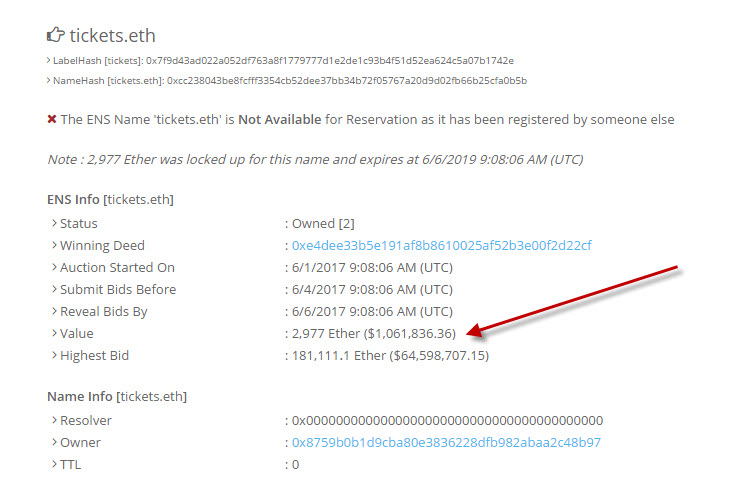
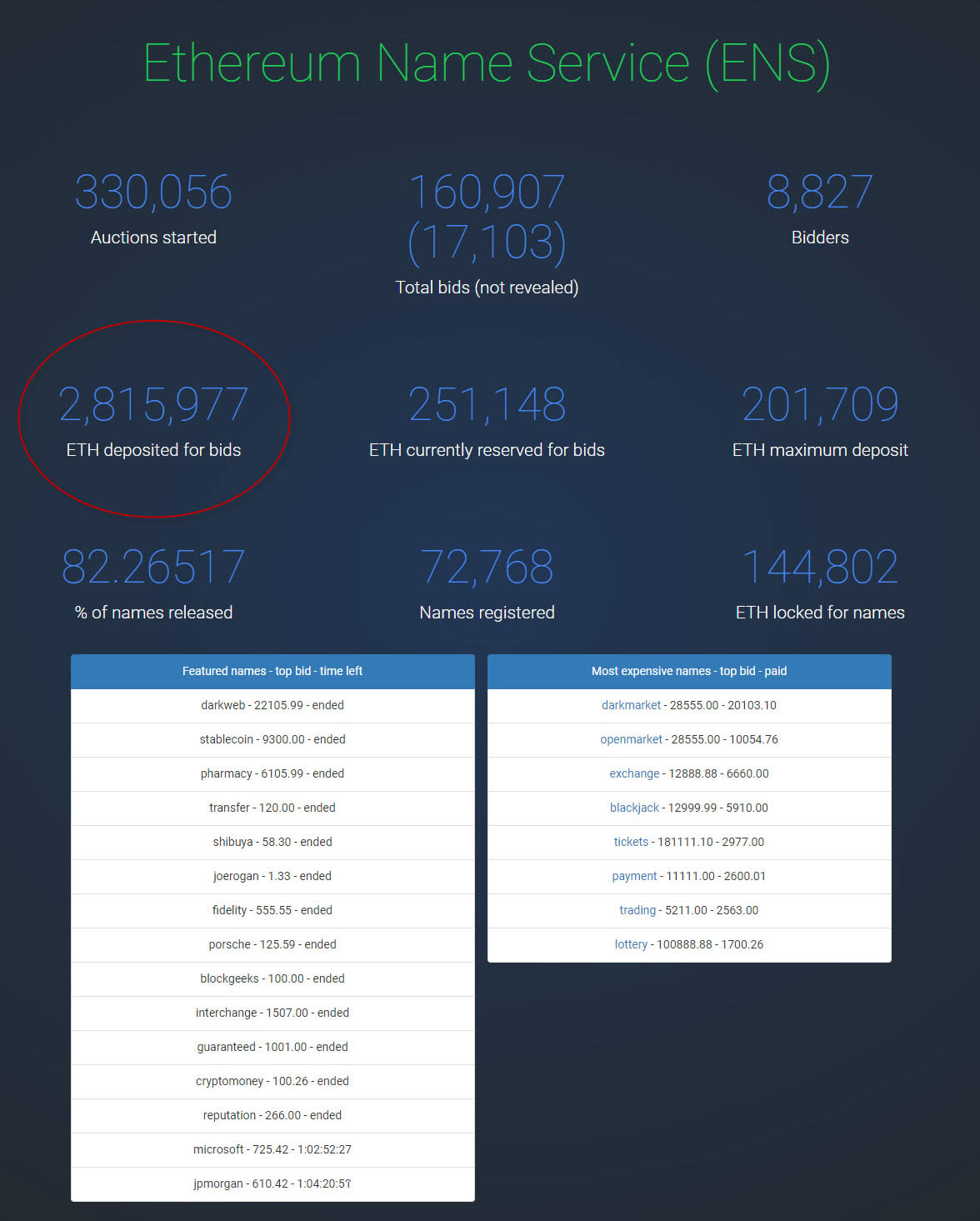
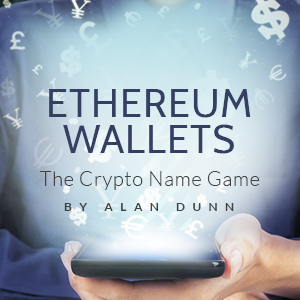


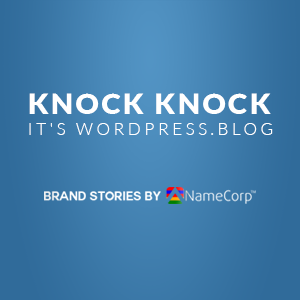
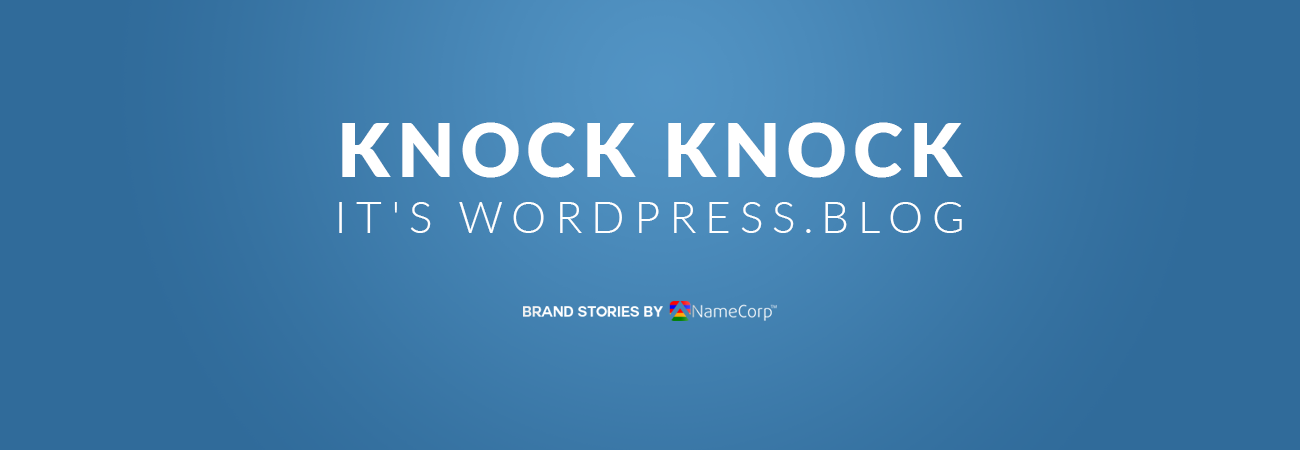
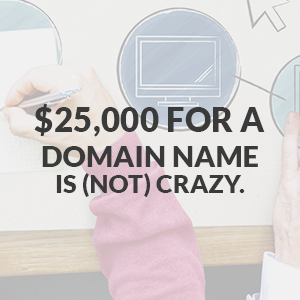

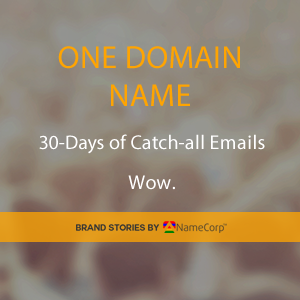

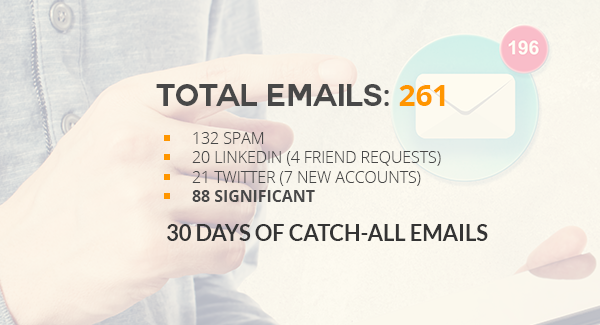




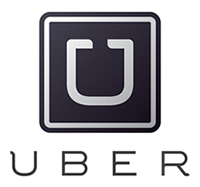 Company: Uber
Company: Uber Company: Twitter
Company: Twitter Company: Anker
Company: Anker Company: Bitly
Company: Bitly Company: Square
Company: Square Company: DropBox
Company: DropBox Company: Facebook
Company: Facebook Company: Instagram
Company: Instagram

 Over 20 years later, this article remains to be the one of the most important pieces of history for the domain name industry. It shows early brand perspective, early trademark concerns, how only a few people (2.5 to be exact) were responsible for issuing domain names and more. If only we had a time machine.
Over 20 years later, this article remains to be the one of the most important pieces of history for the domain name industry. It shows early brand perspective, early trademark concerns, how only a few people (2.5 to be exact) were responsible for issuing domain names and more. If only we had a time machine.


